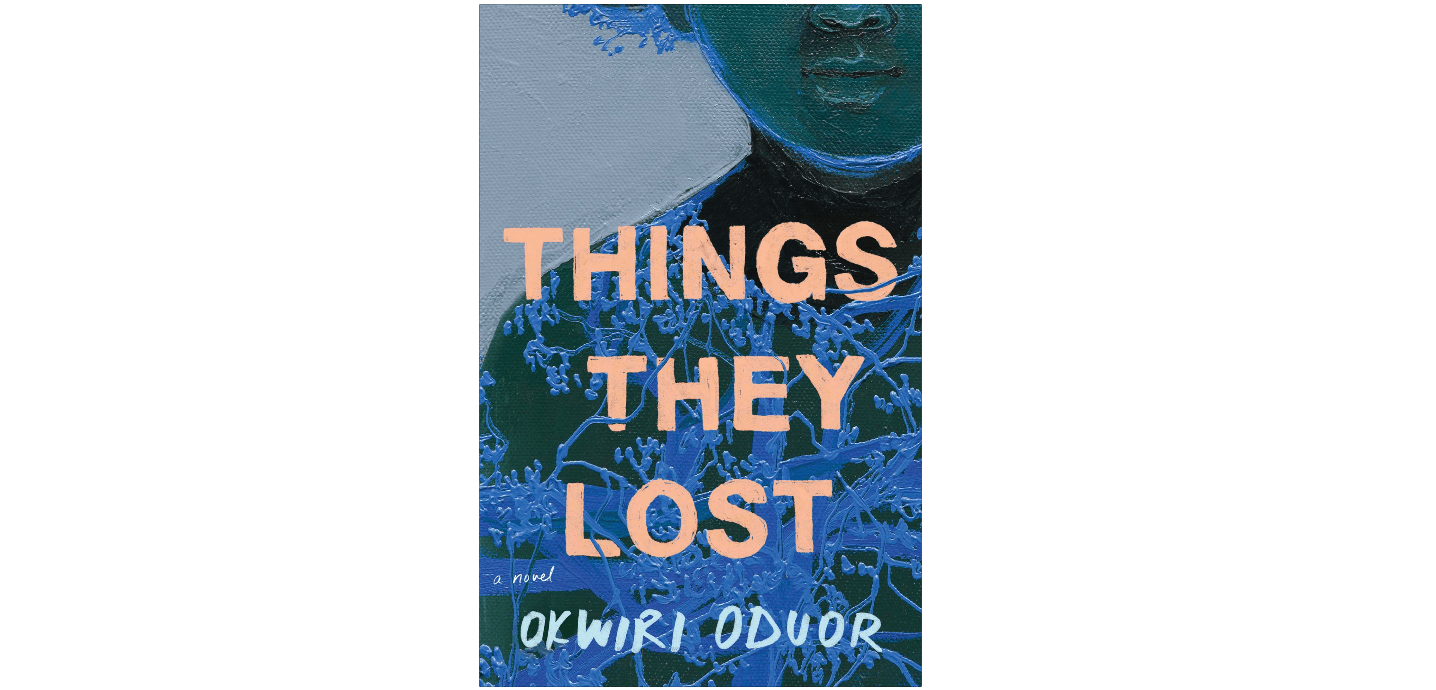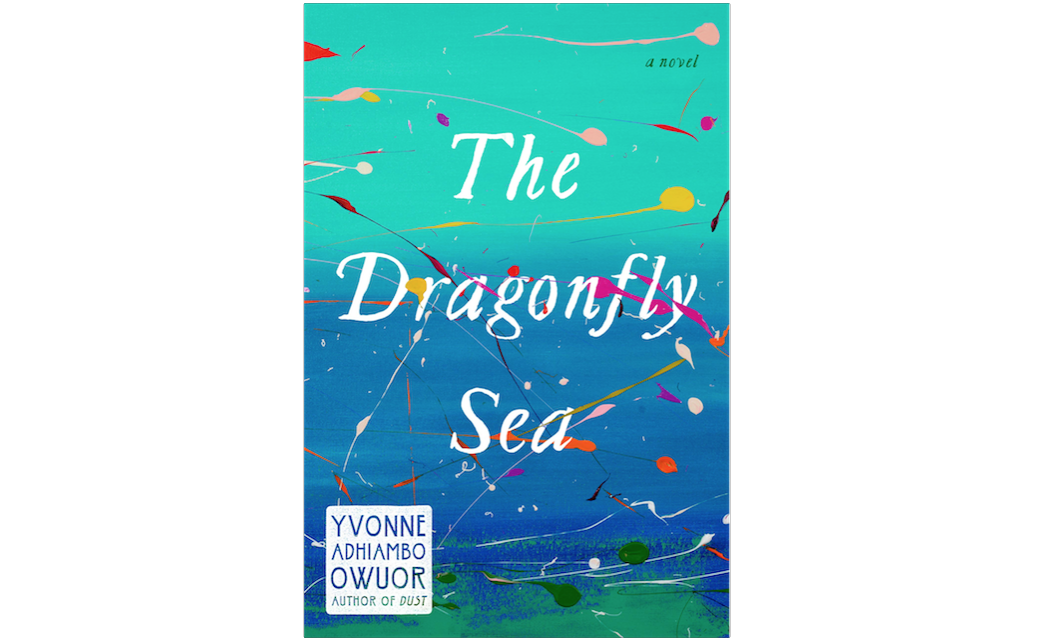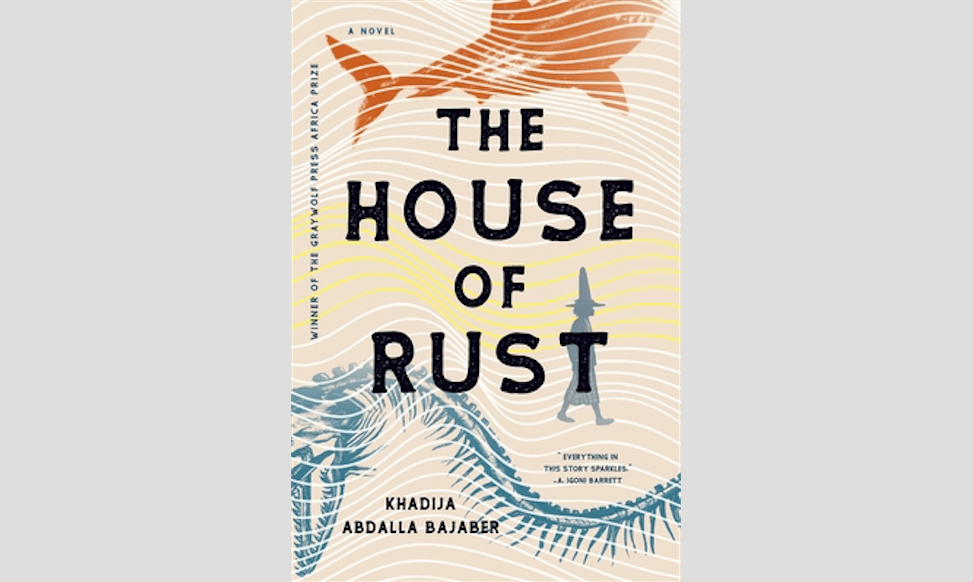

Instead of a straight path, it offers a mosaic of moments. Ghosts of the past, erased maps and secrets that echo across time. Each line glimmers like sunlight on water: beautiful, mysterious and unforgettable.
At the centre of this ocean of a novel is Ayaana, a girl born of absence. Her early life is shaped by the long shadow of missing pieces. A father she does not know, a mother (Munira) estranged from her family and reputation and an island that itself seems suspended between memory and erasure.
When a weathered sailor, Muhidin, drifts into her world, Ayaana discovers in him something like a father, though their bond is as complicated and shifting as the sea itself. Yet the author does not let us stay anchored for long. Ayaana’s story expands outward, tracing vast arcs that carry her far from her island home, even as the pull of Pate remains inescapable.
What makes The Dragonfly Sea extraordinary is the author’s refusal to shrink Ayaana’s personal journey from the broader sweep of history. Pate Island is more than a backdrop; it is a crossroads of cultures, faiths, migrations and struggles. The novel delves into Kenya’s uneasy relationship with its coastal communities, the scars of colonial encounters and the entangled histories that tie East Africa to the Middle East and Asia.
When Ayaana becomes caught up in the ambitions of nations far larger than her own, the novel poses unsettling questions: What does it mean to be claimed by a history you did not choose? To be turned into a vessel for the narratives of others?
The author writes with the patience of a storyteller who trusts that readers will surrender to the drift. At times, the novel swells with lyrical digressions, looping through memory, myth and rumour.
But this is the magic of the author’s style. She renders the sea not only as setting but also as a way of being, unpredictable and alive, demanding we give up our search for fixed ground. The reward is a narrative that feels both intimate and epic, like overhearing a whispered secret that somehow carries the weight of centuries.
Elsewhere, Ayaana reflects on the fragility of existence in the eyes of the world.
“On the map I’ve looked at, there was no place marker for Pate Island. No colour brown or green to suggest my own existence in the sea. So I wanted to know about places that could be rendered invisible.”
This is one of the novel’s most piercing insights: How whole communities, whole lives, can be written out of official narratives, even as they pulse vibrantly with meaning. Ayaana’s longing to understand what it means to come from an ‘invisible’ place is also a question about identity in a globalised world: What happens when your home cannot be found on the maps that others use to define reality?
The book is not without challenges. Its pacing drifts, sometimes lingering on atmosphere at the expense of forward motion. Some readers may find themselves craving a more traditional arc. Yet these moments of slow drift are also part of the novel’s design. The author’s world is one where storms brew beneath still waters, and where the reader must learn to be patient, listening for the undercurrents.
Ultimately, The Dragonfly Sea is a work that resists easy classification. It is both a coming-of-age story and a political meditation, both a hymn to the sea and an interrogation of the legacies that haunt coastal Kenya.
It is about the seductions and betrayals of history, the fragility of belonging and the courage it takes to claim one’s place in a world that often insists on rendering you invisible. The author does not hand us answers, she offers instead the music of the sea: beautiful, restless and eternal.
To read this novel is to be reminded that identity is never fixed, that belonging is always negotiated, and that the sea, like history, remembers everything.












